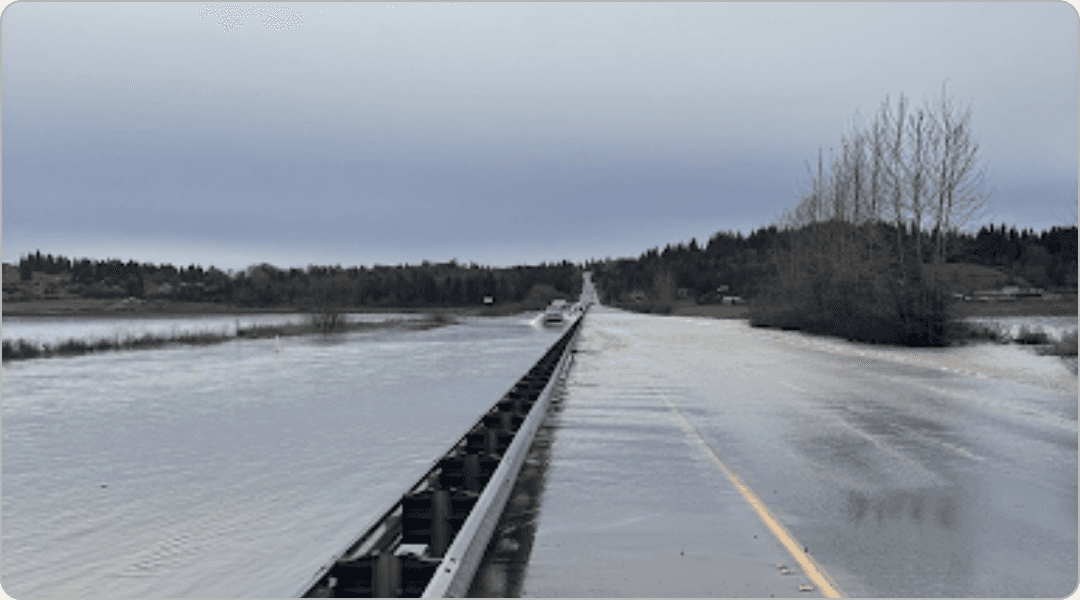Rebuild
How do you rebuild after a flood without flood insurance?
Jun 25, 2025
Flood insurance is usually only required for homes in low-lying zones near waterways. As a result, less than 5% of American households have flood insurance coverage. But water intrusion from natural disasters is fairly common and still damages and destroys homes. So how do you rebuild after a flood when you don’t have flood insurance?
There are a variety of federal, state, and county options for disaster assistance and rebuilding even when your home insurance doesn’t cover flooding specifically. |
What to do
Document all damage from flooding
Explore federal grants available through FEMA
Apply for SBA loans to cover rebuilding
Check with your local and county resources
Document all damage from flooding
When your home is safe for return, take extensive photos and videos before touching anything to document the damage both inside and outside your home. Use a sharpie to denote high water marks inside your home and keep large samples of carpets and drywall affected by flood before removing all wet materials from your home. Take photos of any furniture damaged and removed as well.
Create an inventory spreadsheet of all your damaged items with approximate purchase costs.
Create an album on your phone to document damage with photos and videos you captured before clean-up began.
Save receipts for emergency repairs and any temporary housing for later reimbursement.
Explore federal grants available through FEMA
For wide-scale natural disasters—within 60 days of a federal disaster being officially declared—you can start by applying for grants from FEMA.
The first step is to create an account at DisasterAssistance.gov. You can also call (800) 621-FEMA or visit a local Disaster Recovery Center in person. From there you’ll provide personal details and a list of damages to your home.
FEMA will schedule an inspector visit to review your application and you (or a designated representative) will be required to be present at the inspection. Remember to bring all your previous documentation of damages with you.
Usually within ten days after the FEMA inspection, you’ll receive a Determination Letter that details your eligibility for FEMA grants and your assistance amount. You don’t have to accept the first offer if you feel it’s insufficient. You can appeal during another 60 day window, where you’ll include additional documentation for any damage the inspectors didn’t catch. You may also be required to purchase flood insurance in the future as a condition of FEMA grants.
Apply for SBA loans to cover rebuilding
SBA loans are low-interest, fixed-rate loans available not just to small business owners, but homeowners and renters as well. You can apply at SBA’s disaster assistance site, via phone at (800) 659-2955, or visit a Disaster Recovery Center in person. Much like a FEMA grant application, the SBA will verify your property damage after an inspection.
The SBA will send a loss verifier to assess the damage to your property. Unlike FEMA inspections, which are typically brief, SBA inspectors conduct a more thorough assessment to document the full extent of damage. They estimate repair/replacement costs after verifying damage was caused by the declared disaster. They may take measurements and photos as they discuss your rebuilding plans.
SBA inspections usually occur within 7-10 days after your application. Have documentation of pre-disaster conditions if possible, and you or an authorized representative should be present. The inspection is more detailed than FEMA's and may take longer, and if you've applied for both FEMA and SBA assistance, you'll likely have two separate inspections.
The SBA inspection report directly influences your loan eligibility and amount. They will verify losses and determine a reasonable cost estimate for repairs. Since this is a loan, you will be subject to approval based on your credit score, income, and debt, though requirements are more flexible for disaster assistance. The SBA will ask applicants for available collateral on most loans, but will not decline a loan for lack of collateral.
Loan processing typically takes about 2-3 weeks after inspection with low, below prime rate loans with terms up to 30 years. They also carry no prepayment penalties and the first payment is deferred for 12 months.
Initial disbursement of $25,000 usually occurs within 5 days of closing, with remaining funds disbursed as repairs progress. You must maintain receipts and documentation.
You can apply for both FEMA and SBA programs immediately after a disaster – even if you think you might not qualify or need them. You are not obligated to accept the SBA loan even if you are approved.
Check with your local and county resources
There are often state and local resources for additional support after a flood as well. There may be recovery programs offered through your state’s housing and community services, or through your county’s emergency management organizations. There may be local community foundations offering disaster relief funds as well.
Most homeowner insurance policies don’t cover damage from flooding, but there are a variety of federal programs available to help fill the gaps. There may also be state, county, and local government options for disaster assistance in the wake of a flood. It’s worth taking time to explore all your options.




